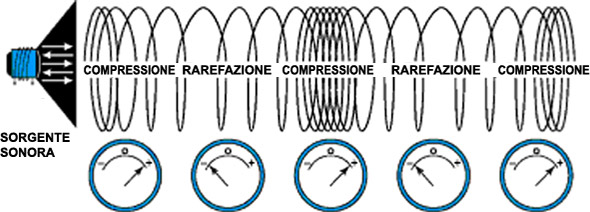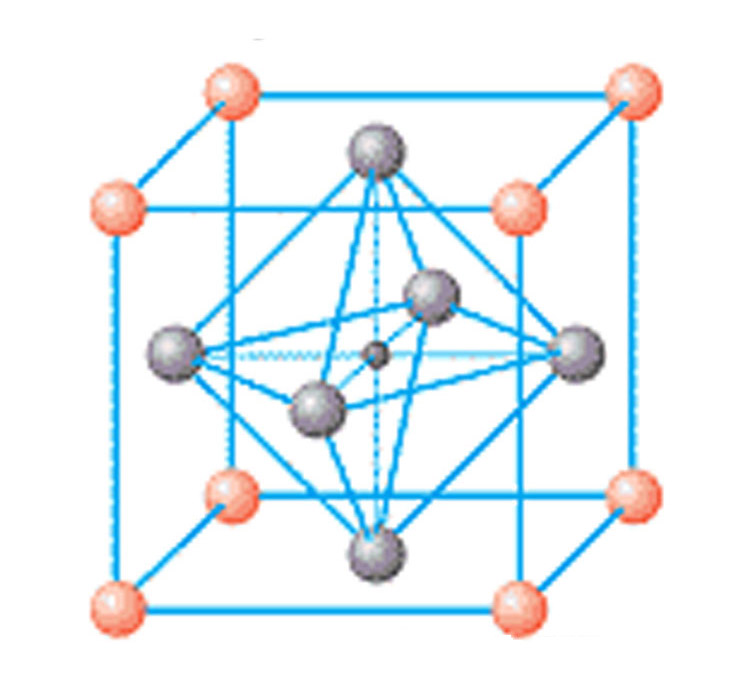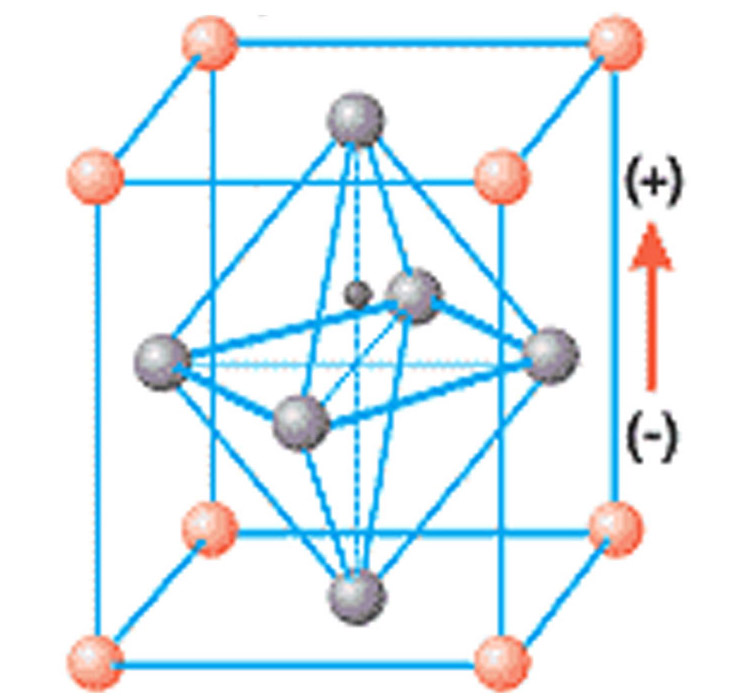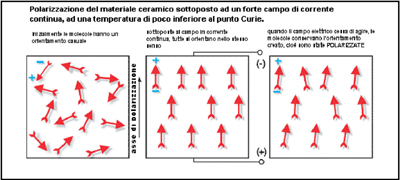Sinter metals piezoelectric ceramics
The term “piezoelectric” defines the effect by which this physical phenomenon is produced in an object: a variation of the length between two opposite sides corresponds to a variation in the voltage which is always measured on the same sides, e.g.: the voltage measured on the poles increases in proportion to the elongation. Shortening, on the other hand, corresponds to a proportional decrease in voltage to the point it becomes negative.

In 1880, brothers Jacques and Pierre Curie discovered this phenomenon in several crystalline minerals such as quartz. They named it PIEZOELECTRIC from the Greek word “piezein”. In no time, there were many applications for this effect, but what interests us most is the transformation (transduction) of electrical energy into mechanical vibration energy. In fact, generating a sinusoidal voltage at the poles of the PZT elements, i.e.: continuously varying from positive to negative and vice versa, the elements lengthen and shorten with very high frequencies (33,000 Hz in our case).
In our sector, very high power is required, and this was only possible with the development of special ceramic materials obtained with the sintering of fine metal oxides powders, generally titanium or zirconium with lead or barium (PbTiO2 -PbZrO3-BaTiO3), in well-codified proportions and which are then heated mix uniformly.
It is then mixed with an organic binding agent and placed in moulds of different shapes to obtain the various models: discs, rings, plates, tubes, etc. The material is heated for a fixed time, during which the powders sinter and take on a very compact structure. Finally, the cooled pieces are machined to achieve the precise, desired dimensions and the electrodes (generally silver applied through vacuum metalisation) are then applied to the faces.
At this point, we have a product that, at the temperature above the Curie point, has a simple crystalline structure with cubic symmetry and dipoles without any electrical charge, while just below the Curie point the structure assumes a tetragonal or rhomboidal symmetry and the dipoles have a electric charge.
Crystalline structure of a piezoelectric ceramic
Temperatura sopra il punto di Curie

Reticular structure with symmetrical arrangement of the positive and negative loads
Temperatura sotto il punto di Curie

Tetragonal structure (orthorhombic), the crystals (dipoles) have oriented electrical loads
At this point, the loaded dipoles which are casually arranged in the reticular structure, must be facing in the same direction (polarised) in order to achieve the maximum piezoelectric effect. Then the material is heated to just below the Curie point and is simultaneously subjected to a strong electrical field for which the dipoles face in the same direction. When the electrical field is removed, the majority of the dipoles preserve their assumed orientation, meaning the material maintains its polarisation and the piezoelectric effect maintains maximum performance.
Polarisation of the ceramic material subjected to a strong field of direct current, at a temperature just below the Curie point


